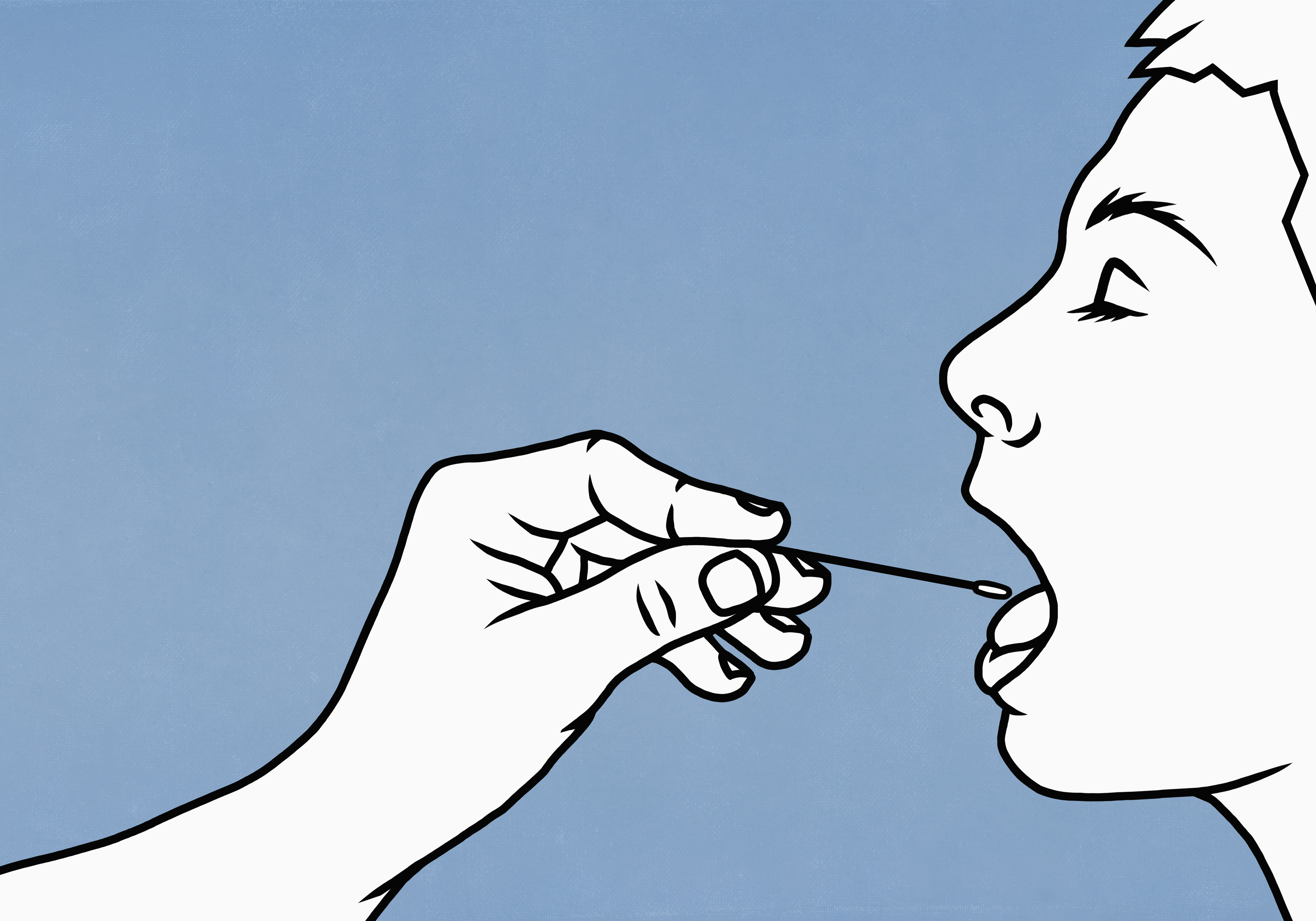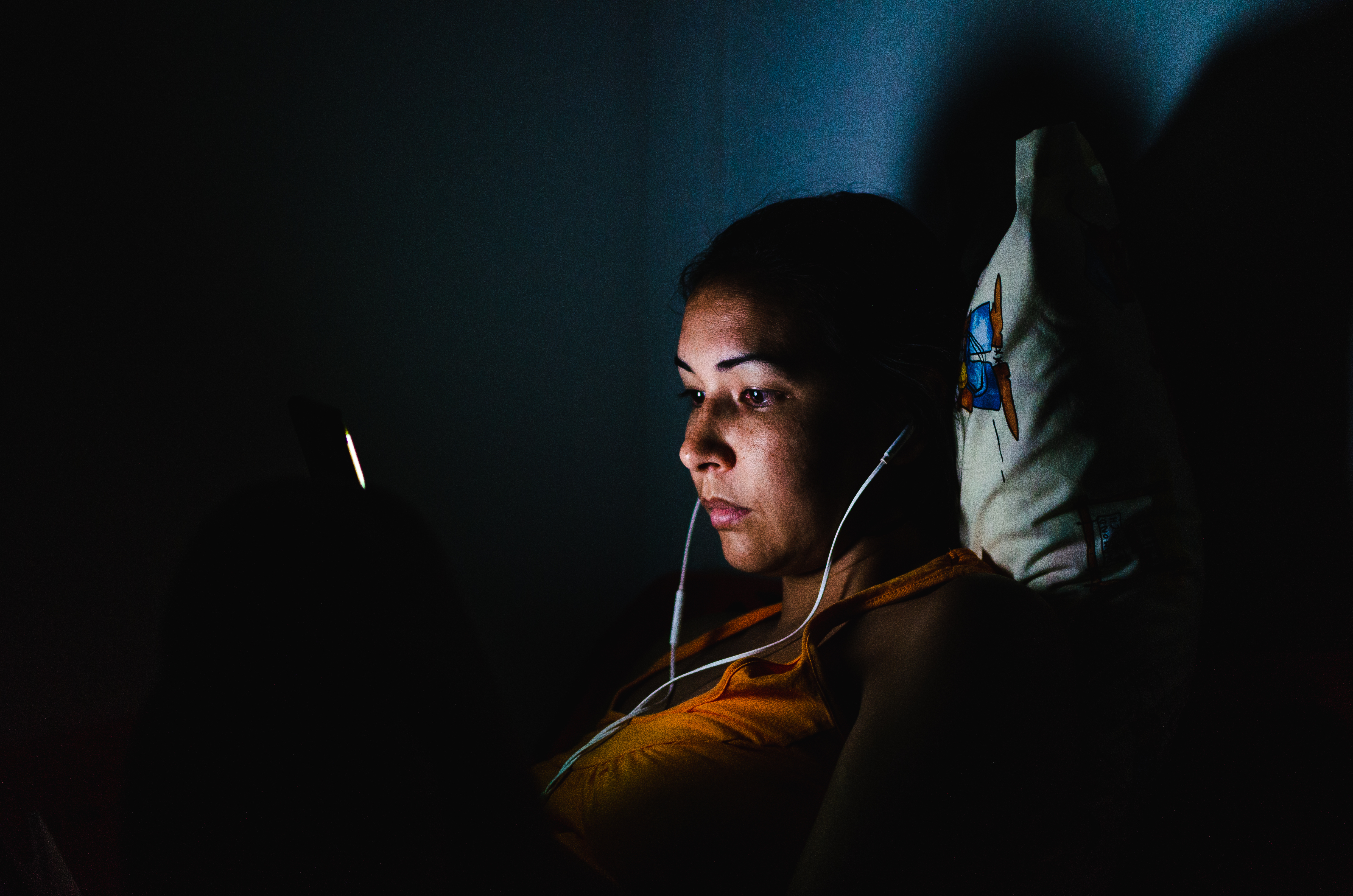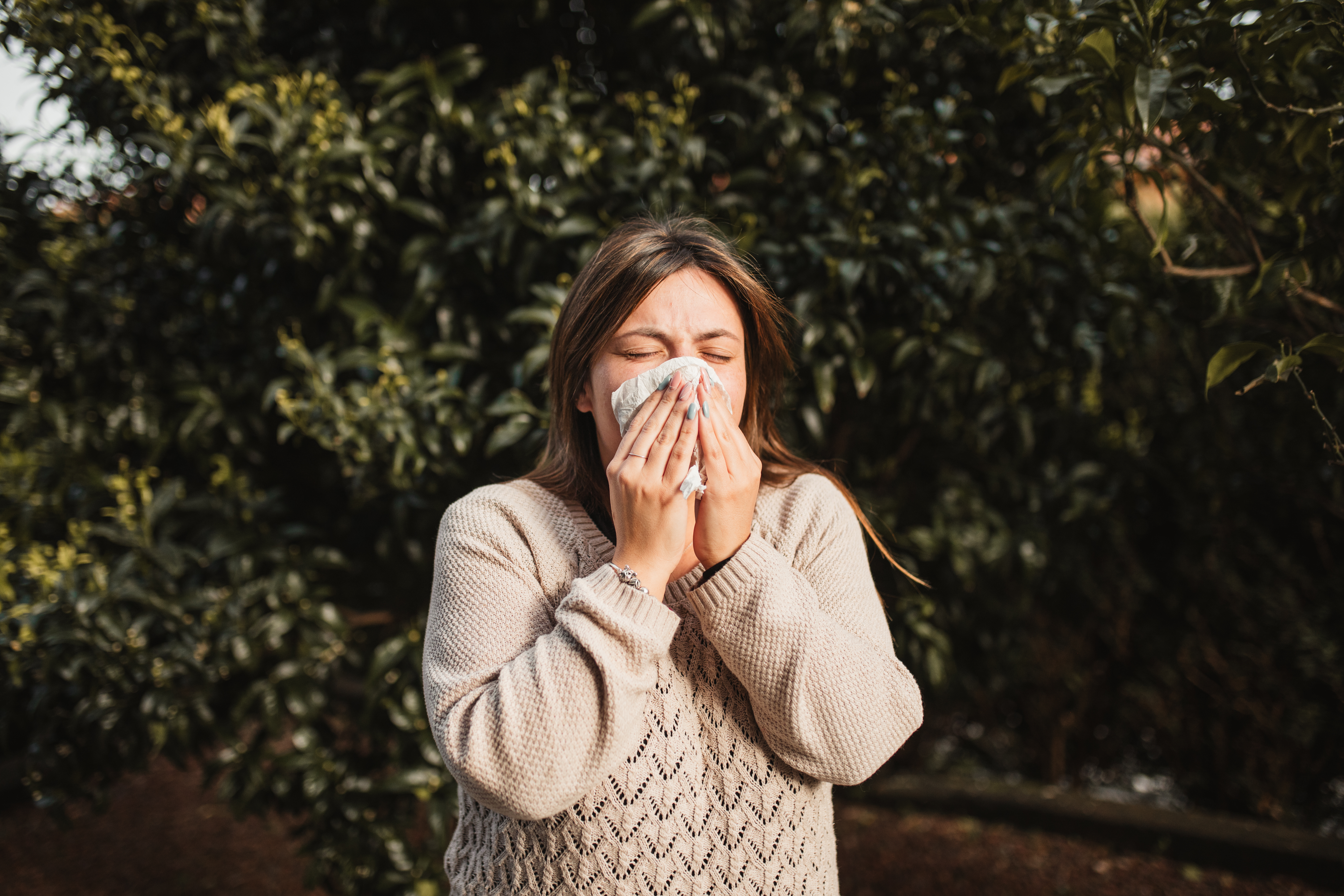Grunting, nasal flare and poor appetite have been listed as additional symptoms of Covid-19 in children and young people under the age of 18.
Throughout the pandemic, the NHS has listed the main symptoms of coronavirus in children as: a high temperature; a new, continuous cough; and a loss or change to sense of smell or taste.
But a new guideline from the National Institute for Health and Care Excellence (NICE) sheds more light on additional symptoms of the virus children and teens may experience.
NICE, which offers advice and information services to health, public health and social care professionals including the NHS, has published a single guideline – sort of like a ‘one-stop shop’ for Covid information – for the management of Covid-19 in both children and adults.
A NICE spokesperson tells HuffPost UK previous guidance about Covid-19 symptoms only covered adults over the age of 18, whereas the new guideline includes young people and children.
“The symptoms listed for children are not new symptoms but are recognised in peer reviewed studies,” they explain. “This evidence was examined by the guideline panel and brought into our overall guideline so that the information is all in one place for clinicians.”
They noted that, as with other areas in this guideline, it may evolve over time as additional evidence emerges.

The guideline is for health and care practitioners, and those involved in planning and delivering services. In it, NICE lists additional symptoms of Covid-19 that can present in children and young people under the age of 18.
These include:
- Grunting. This sound can be heard each time they exhale and can be a sign of respiratory distress in children.
- Nasal flare. In babies especially, enlargement of the nostrils during breathing can also be a sign of respiratory distress.
- Nasal congestion.
- Poor appetite.
- Gastrointestinal symptoms such as stomach pain, diarrhoea, nausea or vomiting.
- Skin rash.
- Conjunctivitis.
Children and young people are likely to feel much better in a week if their symptoms are mild, reads the guidance, however if their symptoms worsen, parents are advised to contact NHS 111 online.
The presence of symptoms such as fever, rash, abdominal pain, diarrhoea or vomiting may indicate paediatric inflammatory multisystem syndrome (PIMS), the guidance states, which is a more serious issue and requires urgent medical help.
As it stands, parents can only access PCR tests on the NHS for their children if they experience one or more of the three classic Covid symptoms. Children who are asymptomatic – meaning they have no symptoms – are able to have lateral flow tests as part of the return to school, in a bid to try and reduce the spread of Covid even more. It’s thought one in three people are silent carriers of the virus.
Dr Paul Chrisp, director of the Centre for Guidelines at NICE, said he hopes the information hub will support healthcare professionals caring for patients unwell with Covid-19.
“The pandemic has driven new collaborative and international ways of working, and by sharing high-quality evidence with our colleagues around the world we have been able to develop this guidance more quickly,” he said.
“By keeping abreast with the latest evidence, we hope to identify which guidance needs updating more efficiently.”
NICE’s new guideline also lists the key signs of severe illness in Covid patients more generally, which include:
- Severe shortness of breath at rest or difficulty breathing.
- Reduced oxygen saturation levels measured by pulse oximetry. Oxygen saturation levels below 94% for adults – or below 88% for adults with known type 2 respiratory failure – can help identify people who are seriously ill. In children who are resting, anything below 91% would also warrant medical help.
- Coughing up blood.
- Blue lips or face.
- Feeling cold and clammy with pale or mottled skin.
- Collapse or fainting.
- New confusion.
- Becoming difficult to rouse.
- Reduced urine output.



